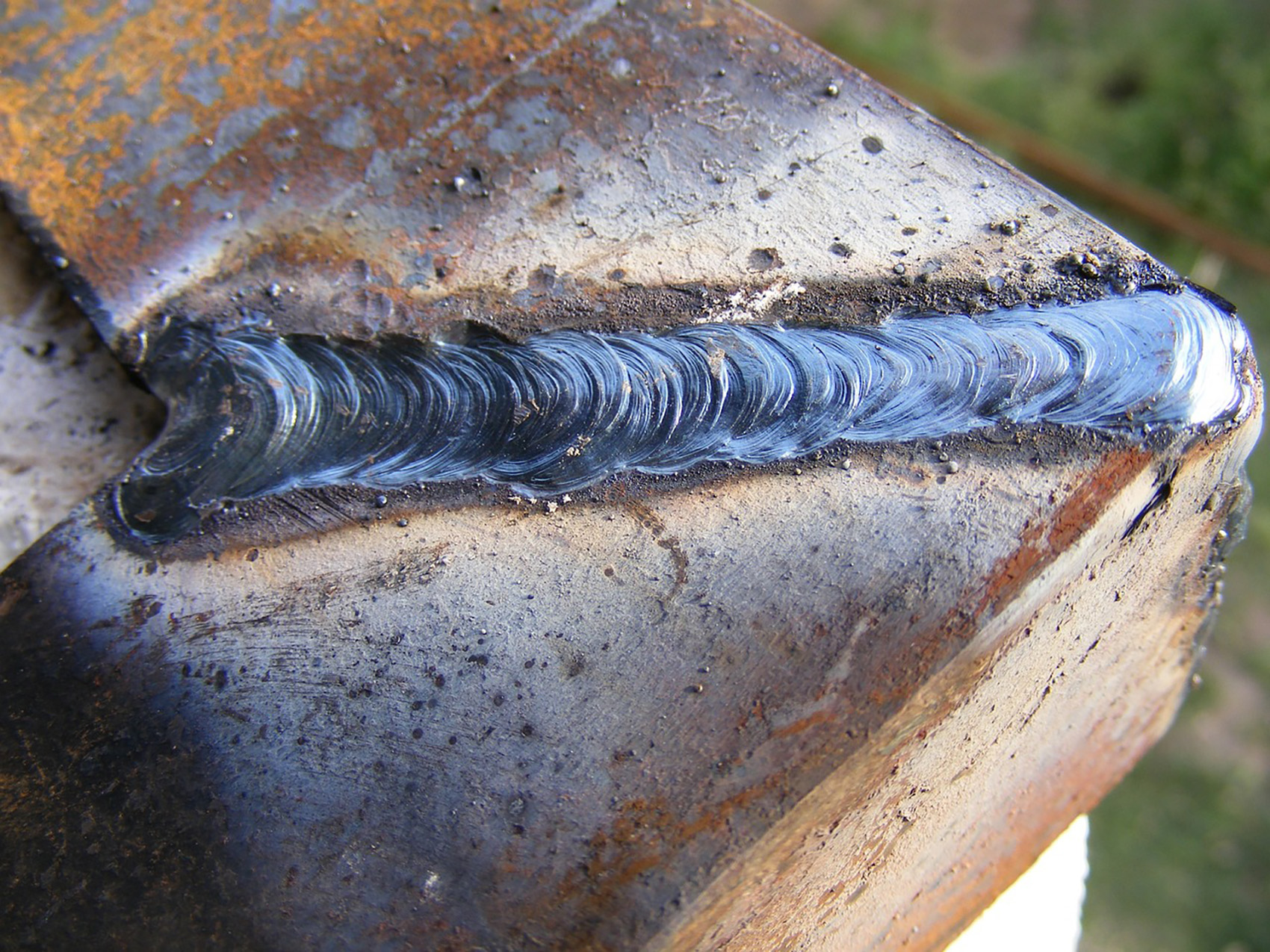A Comprehensive Overview to Identifying, Averting, and Repairing Undercut Welding Problems in Your Welding Tasks
In the realm of welding, encountering undercut concerns is a common difficulty that can compromise the architectural stability and overall top quality of your welding projects. Comprehending the source behind undercut welding, having the ability to precisely detect it in your welds, and carrying out effective preventative steps are crucial skills for any kind of welder. Additionally, having the understanding and strategies to rectify undercut issues when they do happen can make a substantial difference in the final result of your welding undertakings. Keep tuned as we explore the vital parts of recognizing, avoiding, and repairing undercut welding issues, giving you with valuable insights and techniques to raise your welding skills to the next level.
Common Reasons For Undercut Welding
Undercut welding, a common concern in welding procedures, can be triggered by different elements that require to be meticulously recognized and dealt with to guarantee the integrity of the weld joint. Among the key reasons for undercut welding is too much warmth input. When the welding specifications, such as voltage, current, or take a trip speed, are not properly established, a too much amount of heat can be created. This excess warm leads to the melting and succeeding removal of the base material along the sides of the weld joint, creating a groove called undercut.
One more common cause of undercut welding is improper welding method. Poor control of the welding lantern or gun, incorrect angle or range in between the work surface and the torch, or irregular traveling speed can all add to the development of undercut. Additionally, utilizing the incorrect welding consumables or electrode size for a particular joint arrangement can lead to undercut problems. Recognizing these origin and carrying out corrective steps is crucial in avoiding and remedying undercut welding troubles in welding projects.
Identifying Undercut in Welds

To identify undercut precisely, correct lights and magnification tools are necessary to evaluate the weld joint extensively. Making use of tools such as a welding gauge or a magnifying glass can assist in finding also the tiniest undercut blemishes. In addition, running a finger or a fingernail along the weld joint can sometimes reveal undercut, as the surface may really feel irregular or have a dip where the undercut exists.
Preventive Measures for Undercut
Having a deep understanding of the causes of undercut in welds permits for the application of effective preventative steps to maintain weld read what he said high quality and integrity. These setups ought to be maximized to avoid too much warm input, which can lead to damage formation.

Techniques for Dealing With Undercut

Boosting the welding existing or lowering the traveling rate can aid load in the undercut. In addition, transforming the welding strategy from a press to a drag or vice versa can additionally aid decrease undercut.
An additional strategy is to make use of a weaving activity while welding to make sure appropriate sidewall combination and fill in the undercut. By oscillating the welding arc back and forth within the weld joint, the welder can deposit much more filler material check here into the undercut locations, properly removing the flaw.
In addition, grinding out the undercut and rewelding the joint can be a sensible option for much more severe undercut concerns - Preventing weld undercut. This process involves getting rid of the undercut section, preparing the base metal, and after that rewelding the joint with correct welding specifications and techniques to avoid undercut from repeating

Professional Tips for Preventing Undercut
Using appropriate welding methods and preserving control over essential welding specifications are important methods for welders aiming to stop undercut in their weld joints. One professional suggestion for avoiding undercut is to guarantee correct joint preparation. This includes cleaning up the base metal thoroughly to get rid of any kind of pollutants that could lead to damage formation. Additionally, picking the proper welding process and filler steel for the details application can assist avoid undercut. Welders should additionally pay very close attention to the welding current and voltage setups, ensuring they are within the advised variety to avoid getting too hot and prospective undercut. Maintaining a constant travel speed throughout the welding process is an additional vital tip to avoid undercut. By moving at a steady speed, welders can ensure correct fusion and minimize the likelihood of undercut development. Lastly, evaluating the weld bead after conclusion can aid determine any kind of signs of undercut very early on, enabling instant rehabilitative action to be taken.
Final Thought
Finally, recognizing, preventing, and repairing undercut welding issues in your welding jobs is vital for making certain solid and sturdy welds. Preventing weld undercut. By recognizing the usual root causes of undercut, having the ability to determine it in welds, carrying out precautionary steps, and using proper techniques for repairing undercut, you can prevent prospective issues and create high-quality welds. Adhering to specialist ideas for avoiding undercut can help you boost your welding abilities and produce better outcomes in your jobs
Undercut welding, a go to my blog common concern in welding processes, can be caused by numerous elements that need to be meticulously determined and addressed to make certain the stability of the weld joint. Additionally, running a finger or a finger nail along the weld joint can in some cases disclose undercut, as the surface might really feel unequal or have a dip where the undercut exists.
Making use of proper welding strategies and maintaining control over vital welding specifications are essential approaches for welders aiming to protect against undercut in their weld joints.In final thought, recognizing, stopping, and fixing undercut welding issues in your welding tasks is important for ensuring resilient and strong welds. By recognizing the typical causes of undercut, being able to recognize it in welds, implementing precautionary actions, and using appropriate techniques for fixing undercut, you can prevent possible issues and develop high-quality welds.